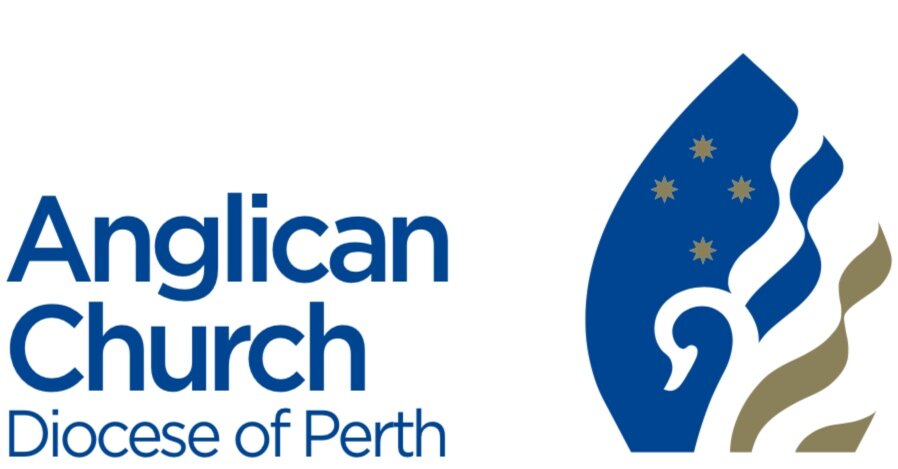Base text of a Sermon for Pentecost 10. Year C. Luke 12.49-59
With its powerful imagery, evocative symbols and intense language our Gospel today is disturbing.
Fire is cast upon the earth, Jesus declares he has come to bring division rather than peace, and that division will be experienced within households and families, the very spaces that should be full of harmony and unity.
These messages from Jesus, and there are plenty of them across the Gospels, are apocalyptic. They point to, predict, describe and in some way call forth a coming apocalypse, which simply means revealing or uncovering. This is the uncovering of the divine purpose, where God, in the person of Christ at his second coming will intervene and enter creation. In doing so, the evils and the woes of the world will be set right. Divine rulership and justice will be enacted, and the world will be forever changed.
This was the vision of the apocalypse in later Jewish thought, and there is no doubt Jesus, in some form or other, proclaimed this message.
How we, 2000 years after the Gospels embrace, nuance, redefine or reject these predictions of apocalypse is one of our many struggles of faith, one of our many journeys we undertake as we are formed by holy scripture, church tradition and reason to form our own understanding and meaning.
This struggle can become particularly poignant when we hear Jesus’s proclamation that he comes to bring division as part of our service of holy Eucharist, our service of thanksgiving to God. Because from start to finish our liturgy proclaims unity over division:
When enter as individual members of the Body of Christ, at the west door, as we have described in our liturgy sermon, we give up and surrender our separate selves, and symbolically become One, one Body with One purpose, to worship the One God.
And we bless this single, unified, one holy and living God. We come by the Grace of the same One God. We confess, believe in one God and one, holy, catholic and apostolic Church and one baptism.
And theologically, though there are many physically separate celebrations of the Eucharist on any single Sunday, in many different parishes, the consecrated bread and wine are spiritually and theologically one. That is, there is not an individual “Body of Christ” on the Altar at St Cuthberts’ and a different, “Body of Christ” on the altar at the Cathedral. The one, undivided Body of Christ manifests or incarnates in different Eucharists, but in reality is One. EXPLAIN
Over the millennia, this theme of unity has been one of the core verities, essential divine truths of the church, however the church was manifest, in each and every culture and within each and every country and society. There is only one. Unity is the greatest virtue, reflecting the deepest Jewish mystical and religious innovation that the divine, that God, was one.
… and yet: Do you think that I have come to bring peace to the earth? No, I tell you, but rather division!
One way of understanding this is that the unified Gospel message, spoken by the One, Christ, who is unified with the Father and the Spirit, causes division because we ourselves are divided.
In bringing the perfect unity of God into the disunity of creation, Christ shows us own our divisions, our own divided hearts, causes us to see clearly who we are, how we are divided. The undivided light of Christ shines into the hiddenness of our divisions and our tendencies to divide.
This is why the Gospel, this is why Christ himself, is sometimes hard to take. This is why even in the household, here most likely referring also to the early gatherings, or churches, there can be division. As Christ, as unity enters our lives, that which is not unified, and that within ourselves that does not wish to be unified is exposed.
Exposed, made real, uncovered, just like an apocalypse – a revelation - uncovered so we can choose to turn again to Christ, turn and choose unity over division.
To do so we must trust the single and undivided unity, trust that we are made for such unity, trust that we can enter and be part of that unity.
But in this world of division – just look at the news, at any level, local, state, national, international, in this world of division, as part of this world of division, this is hard.
And of course, the ultimate division is death, which we will all experience. Here we are divided from our family, from our community, our friends and from life itself. Divided and separated on all levels.
But even in death, Christ as unity is present.
On Friday, I preached for the funeral of a friend, the Reverend Emily Bowser, held in our Cathedral, our Mother Church. In the homily we explored how at funerals we are actually in a divided space and between the worlds – between the world of the living and the world of the gone, the dead. Between the world of those we love and see and the world of those we still love but see no longer. Between the world of life, the liturgy and service we enact, and the world of death, the person who has died and all the faithful departed.
And today, at each and every Eucharist, we too are between the worlds. We too are between death and life, the death and resurrection of Christ, between the death of the individual self, and life of the unified body of Christ. We too are between the life personal and the life eternal given to us in the body and blood.
And while we are in this mysterious in-between space, right now, neither our individual selves nor the perfected unified body of Christ self, while we are in the in-between, we are held by the One, our Saviour Christ, the One who is Ruler of Life and the Ruler of Death, the One who loves the living and the gone, the one who loves perfectly we who are not perfect, the one who exposes our divisions so we may be united in His love. And so, our liturgy which remembers Christ in life, death and resurrection, actually enacts the mystery of his unity exposing our division so we may be united in him as One:
We break this bread to share in the body of Christ.
Because it is our division and tendency to divide that broke the body of Christ. It was division, Judean from Greek, person from person, humanity from God, that led to the Crucifixion which we remember in our eucharist, in our breaking of bread.
But so too do we remember the glorious resurrection –
We who are many are one body.
Because it is only by exposing, accepting and revealing our division, our brokenness and desire to break that we can actually become whole, become One, become real.
Christ coming to divide, actually leads then to his unity, leads to our unity in him - if we all share in the one bread. Amen.

